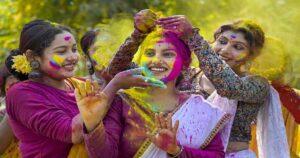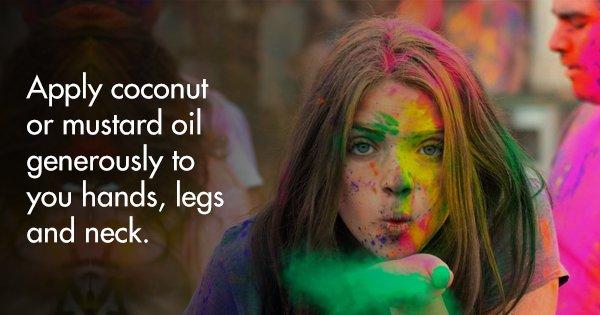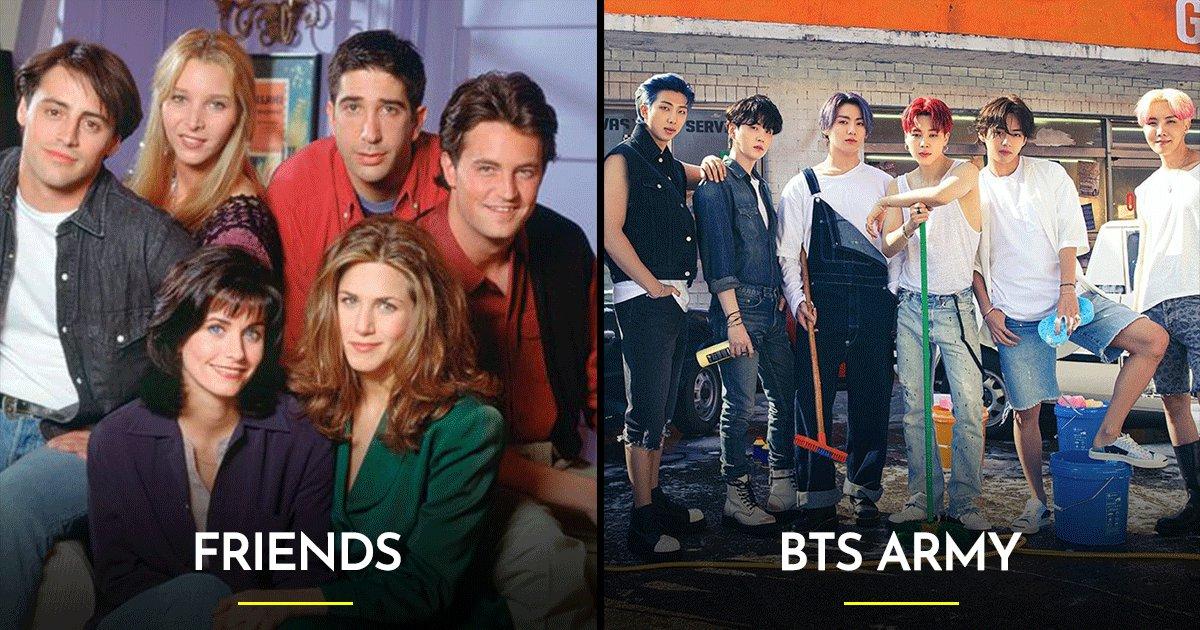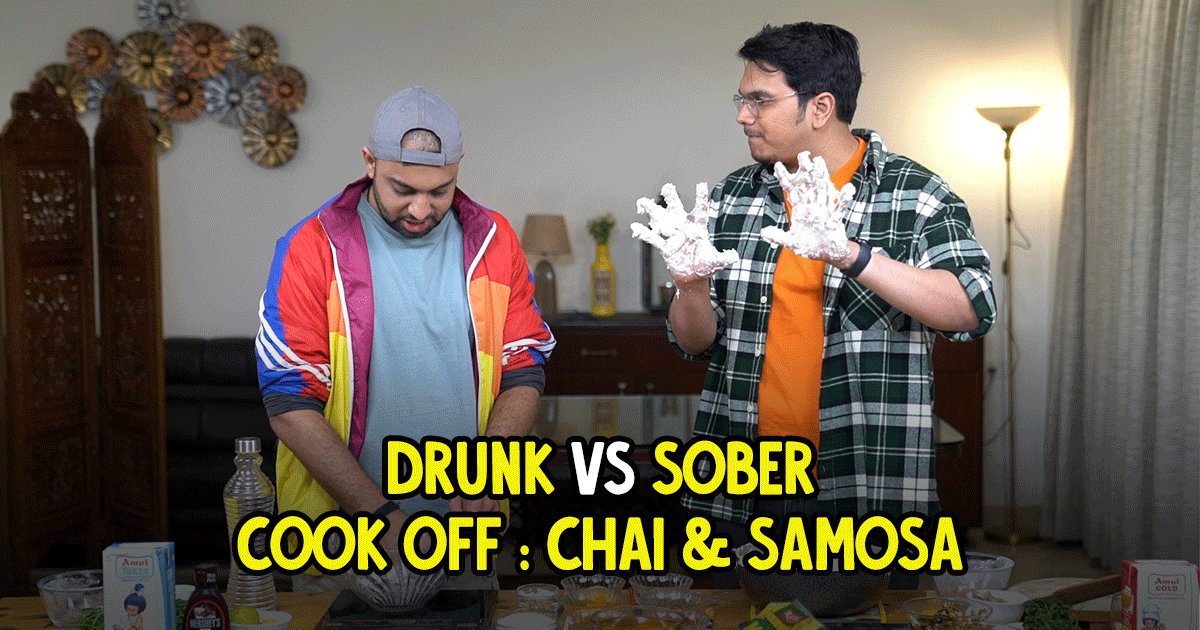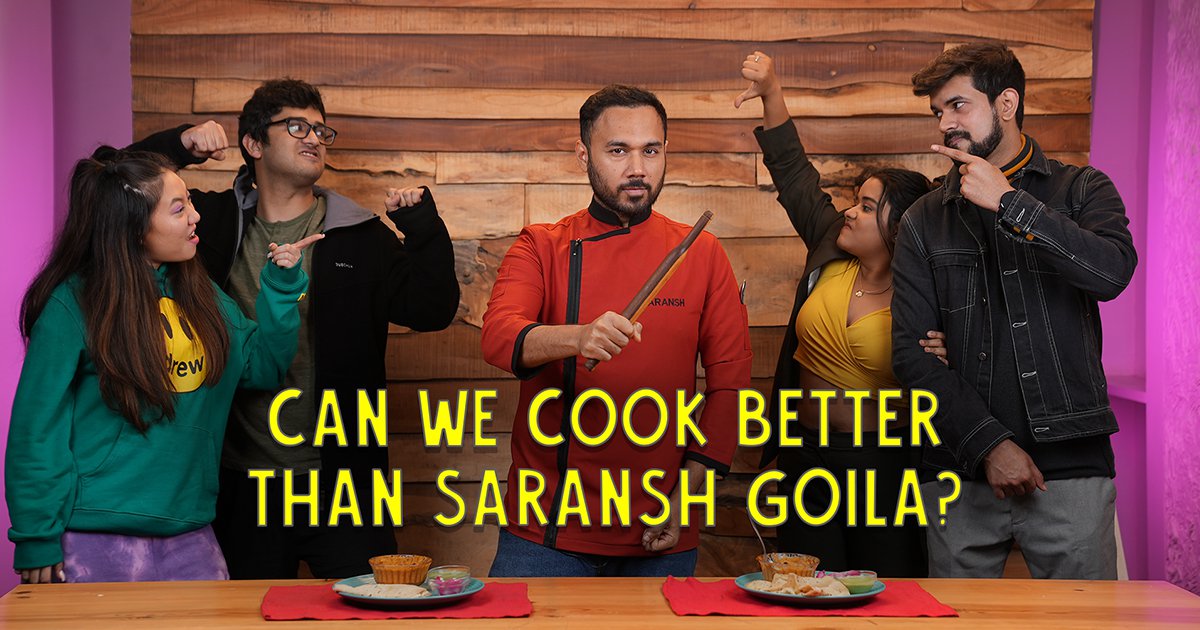Holi is celebrated every year on Poornima (full moon day) in the Phalguna month of the Hindu calendar. And like every other festival, the Mythological Significance of Holi.
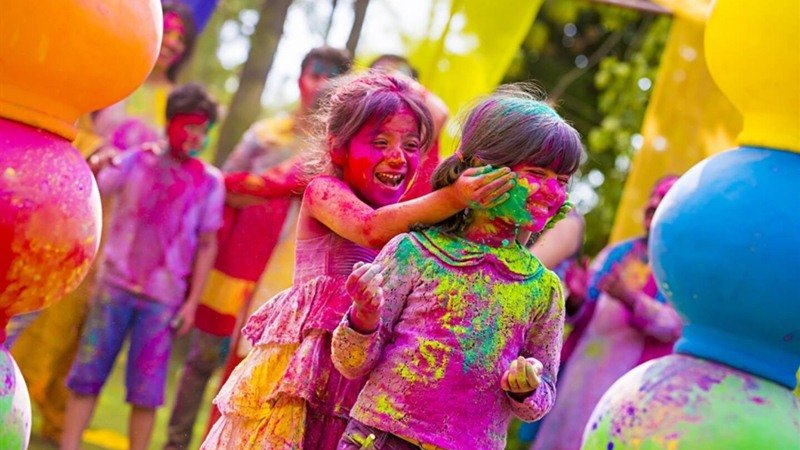
Prahlad was a devotee of Lord Vishu whereas his father, King Hiranyakashipu, was a demon. Hiranyakashipu was blessed with a boon that gave him 5 special powers. According to the powers, Hiranyakashipu couldn’t be killed by a human or an animal.
It wasn’t possible to kill him indoors or outdoors, nor was it possible to kill him with a projectile or a handheld weapon. It was also impossible to kill the demon king on land, water or air.
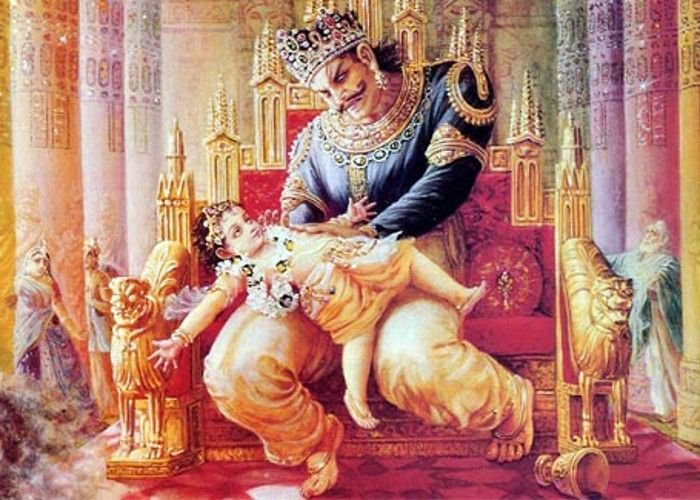
The demon king was blinded by his ego and forced everyone to pray to him as the ultimate God. His son Prahlad, however, disregarded his father and prayed Vishnu instead. Angry with him, Hiranyakashipu tried to kill him using many ways but failed each time.
So, Hiranyakashipu’s sister Holika devised an evil plan to kill Prahlad. Holika had a special shawl that kept her unharmed from fire. So, she took Prahlad into her lap and sat on a burning pyre.
But instead of Prahlad, it was Holika who died, and the Vishnu devotee child remained unharmed.

At this time, to restore people’s faith in Dharma, Vishnu took the avatar of Narasimha – a half-human, half lion and killed Hiranyakashipu.
From that day on, people burn Holi remembering Prahlad’s devotion towards God. This is a mythological significance of Holi that everyone should know.
Also Read: Lathmar Holi Barsana
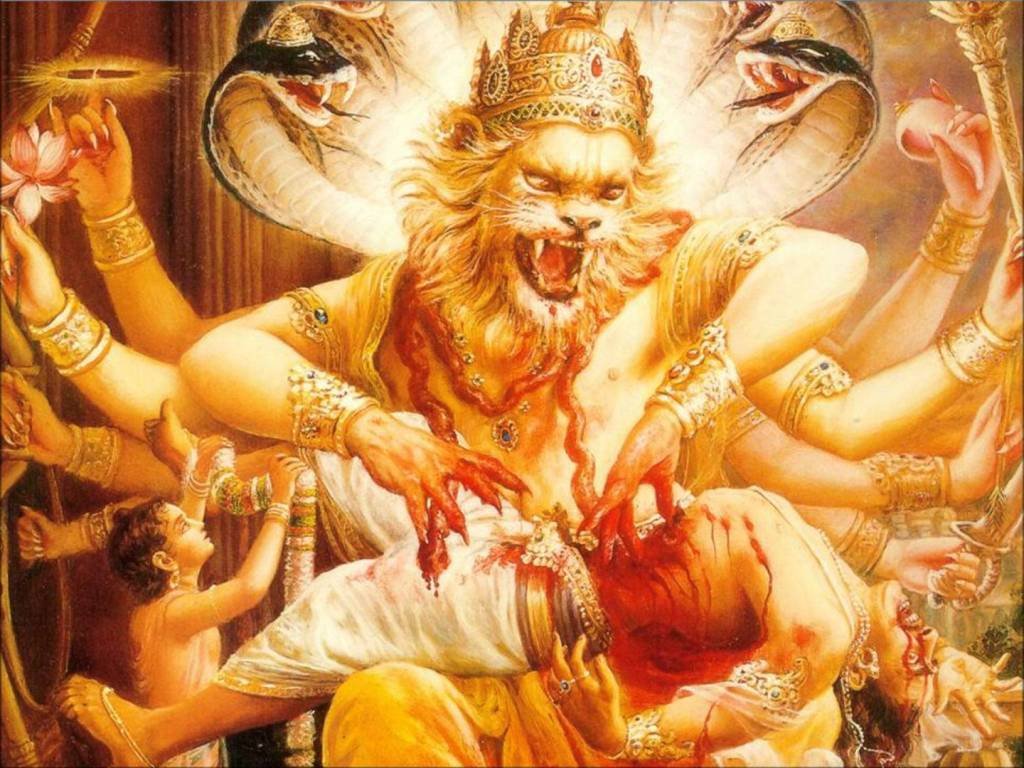
There’s another story behind Holi that’s related to Lord Krishna and Radha. When Krishna was a child, he didn’t like that his complexion was dark while Radha was fair-skinned.
So he asked his mother about it and Yashoda playfully asked him to colour Radha’s face with the colour of his choice.
Also Read: Happy Holi Shayari
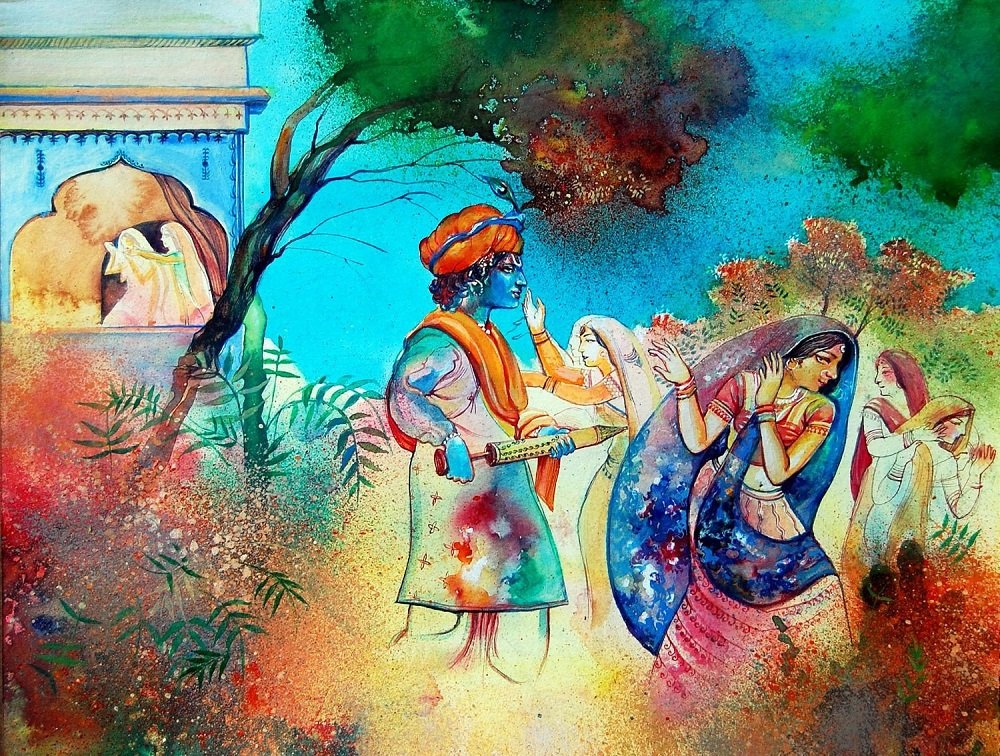
Also Read: Why Holi is Celebrated
Now the naughty kid applied black colour on Radha’s face to make her look like himself. And ever since, Holi has become known as the festival of colours!
I hope this article helps you to understand the significance of Holi.
Also Read: Holika Dahan Story





